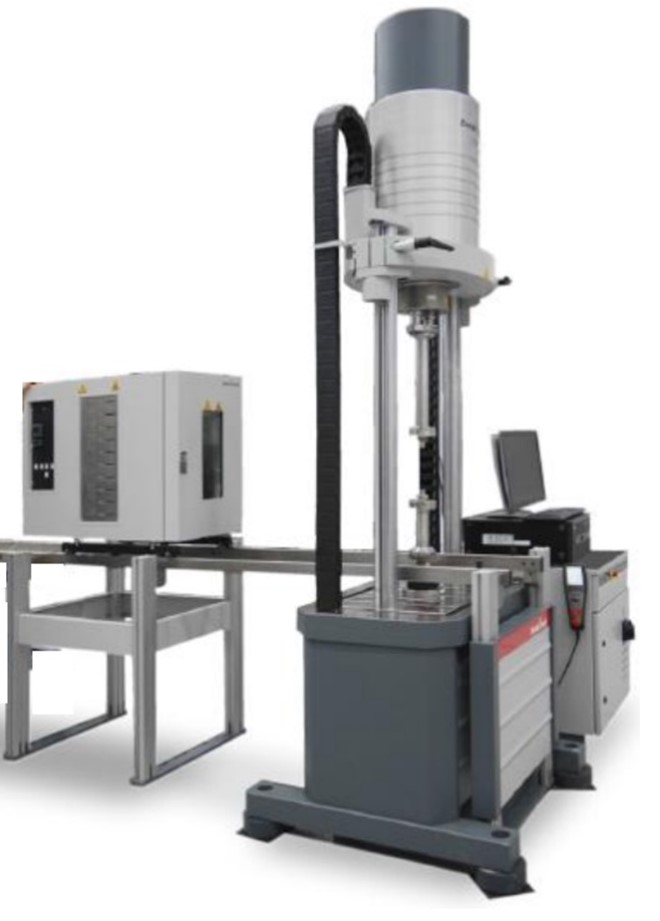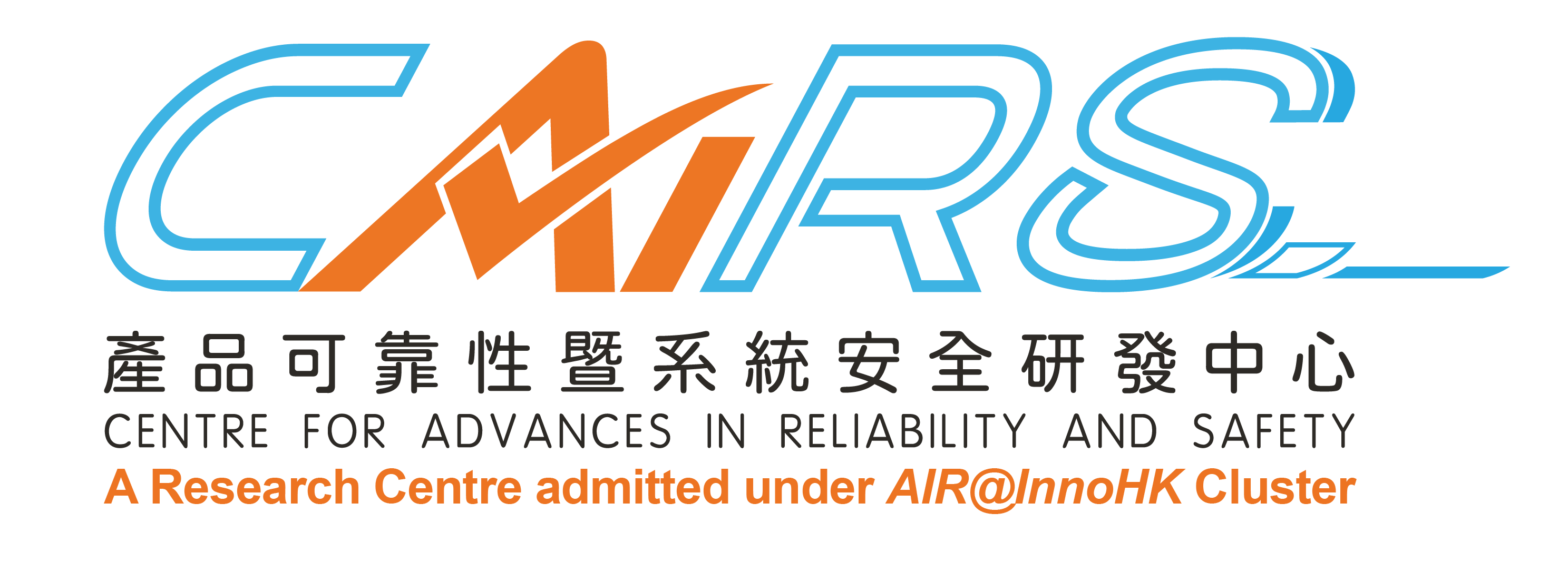Electrodynamic Tester

The LTM 1 electrodynamic testing machines are used to determine the durability of materials and components in the finite life fatigue and high cycle fatigue ranges. The LTM’s wide speed range allows it to be used for both dynamic fatigue tests and quasi-static tests. The low moved mass of the drive provides ideal conditions for performing fatigue tests with tensile, compression, and flexural loading. The oil-free drive, combined with ease of installation, makes the electrodynamic testing machine ideal for use in biomedical engineering and electronics. Typical applications include fatigue and durability tests on standard specimens made of plastics, fiber composites and metals.
The LTM 1 is equipped with a temperature and humidity chamber for synchronous measurement of a material’s resistance to high temperature and humidity. The system can be used to record temperature-dependent data sets and provide an accurate picture of the material’s stability as a function of temperature and time.
Typical Applications:
- Monotonic (static) tension, compression, bend, shear and other tests, durability and fatigue tests including fatigue crack growth testing, testing of components and manufacturing assemblies for the biomedical, automotive, aircraft, electronic, plastic injection molding and other industries
Specifications:
- Oil-free linear motor technology for clean conditions
- Designed for both dynamic and static testing on a variety of materials and components
- High dynamic performance, capable of operating at 100 Hz
- +1000 N dynamic load capacity
- +700 N static load capacity
- Optical encoder for precise digital extension control and a dedicated position channel for set up and end of test
- Temperature chamber
- Cooling down with refrigeration
- Controlled temperature range: -60 to +150oC
- Equipped with standard light unit to illuminate the test area
- Humidity control range: 30% RH to 90% RH
